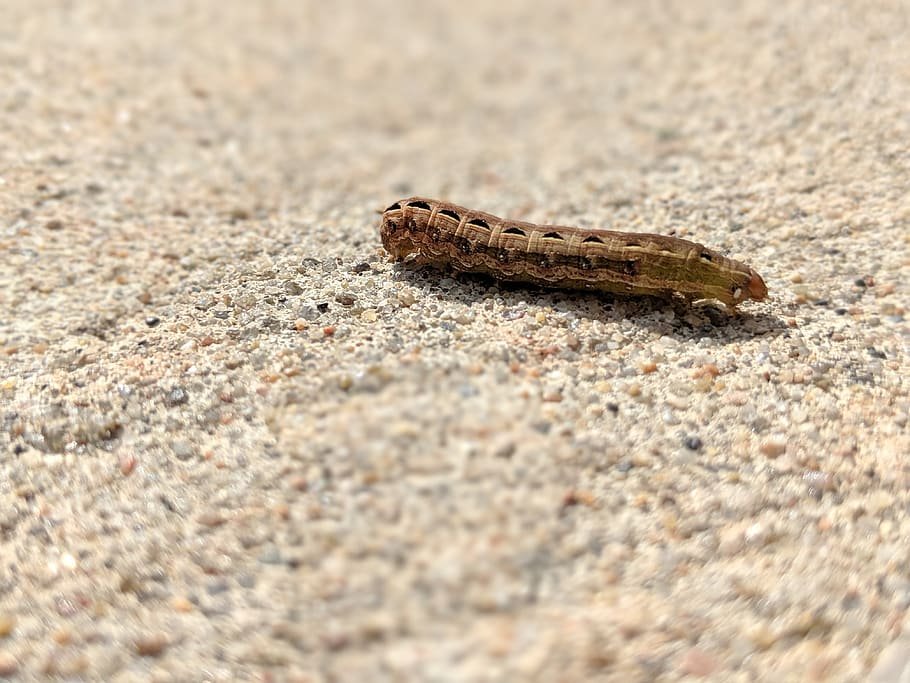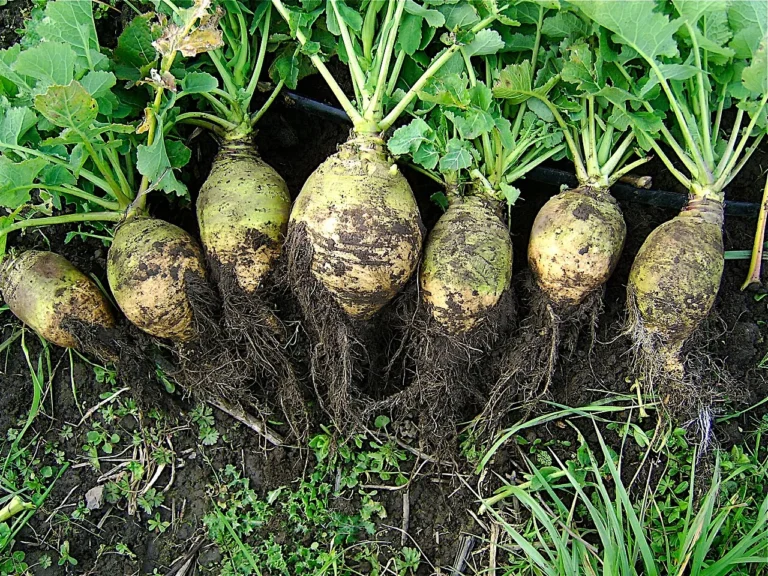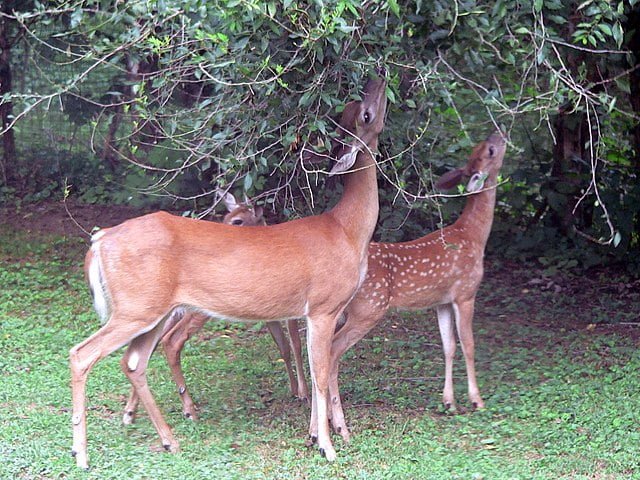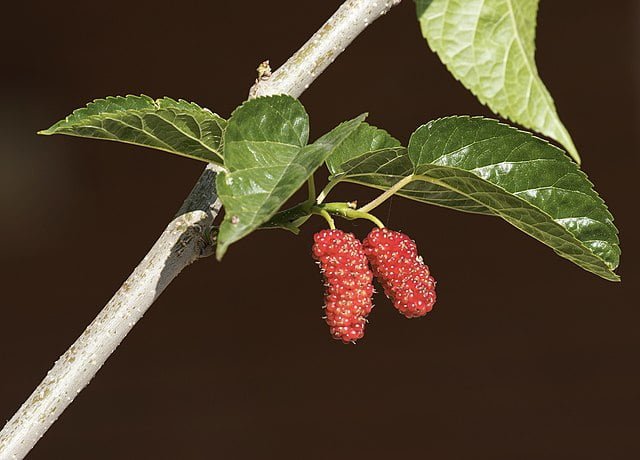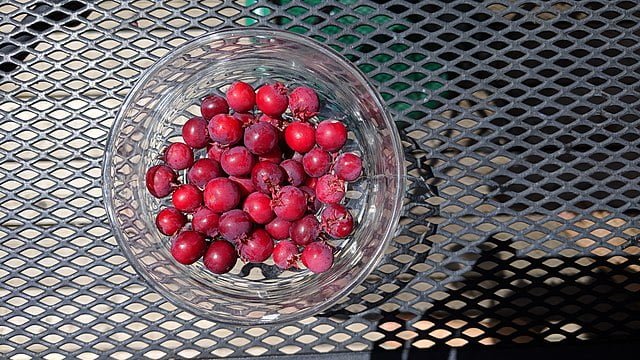Winning The Battle Against Cutworms: Protect Your Garden Now!
Cutworms: the name alone is enough to send shivers down any gardener’s spine. These stealthy, soil-dwelling larvae pose a significant threat to a wide range of plants. But fear not, green thumbs! With the right knowledge and tools, you can protect your garden from these troublesome pests.
What are Cutworms?
Cutworms are the larvae of several species of night-flying moths. Despite the name, they are not worms, but rather caterpillars in their immature stage. They get their name from their notorious habit of “cutting” plants down at the base by chewing through the stems.
Recognizing Cutworm Damage
Cutworms are predominantly nocturnal, feeding on plants after sunset. During the day, they reside just beneath the soil’s surface near their chosen plant’s stem. The first signs of cutworm damage are often wilting or severed seedlings. Upon closer inspection, you might find the stems have been chewed through at or just below the soil line.
Lifecycle of Cutworms
Understanding the lifecycle of cutworms is crucial in controlling their population. Female moths lay eggs in late summer or early fall, which hatch into larvae that overwinter in the soil or under plant debris. The larvae then feed on plants in spring before pupating in the soil and emerging as adult moths to start the cycle anew.
Preventing and Controlling Cutworms
Here are several strategies you can use to protect your garden from cutworm damage:
1. Garden Clean-up: Clearing your garden of plant debris in fall can destroy potential overwintering sites, reducing the cutworm population in the following spring.
2. Collars: Place a collar around the base of your seedlings. You can use various materials for this, such as cardboard or aluminum foil, making sure to push part of it into the ground to prevent cutworms from burrowing underneath.
3. Beneficial Predators: Attract birds and other natural predators to your garden. These creatures can help control the cutworm population naturally.
4. Tilling: Turn over the soil in late fall or early spring to expose overwintering larvae for birds and other predators.
5. Diatomaceous Earth: Dust around your plants with diatomaceous earth, a natural powder made from tiny fossilized aquatic organisms. It’s harmless to humans and pets but lethal to cutworms.
6. Insecticides: If the infestation is severe, consider using a targeted insecticide, but always consider this as a last resort to protect the wider ecosystem.
Conclusion
Cutworms can be a serious threat to your garden, but with the right strategies, you can mitigate the damage. The key lies in understanding their habits and lifecycle and using this knowledge to your advantage. So roll up your sleeves, prepare your defenses, and give your plants the best chance to grow and thrive!

